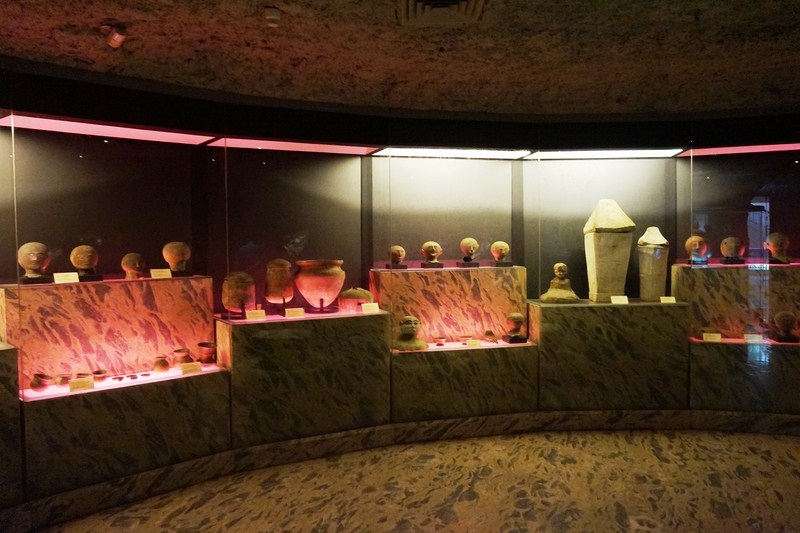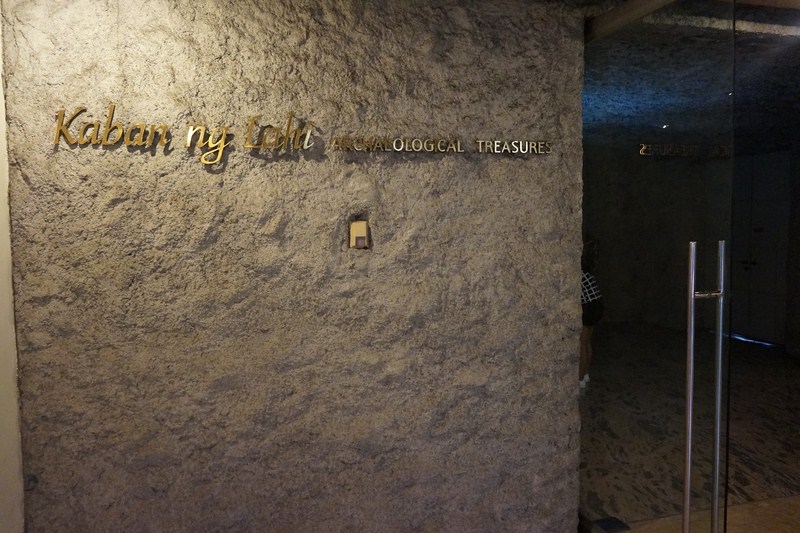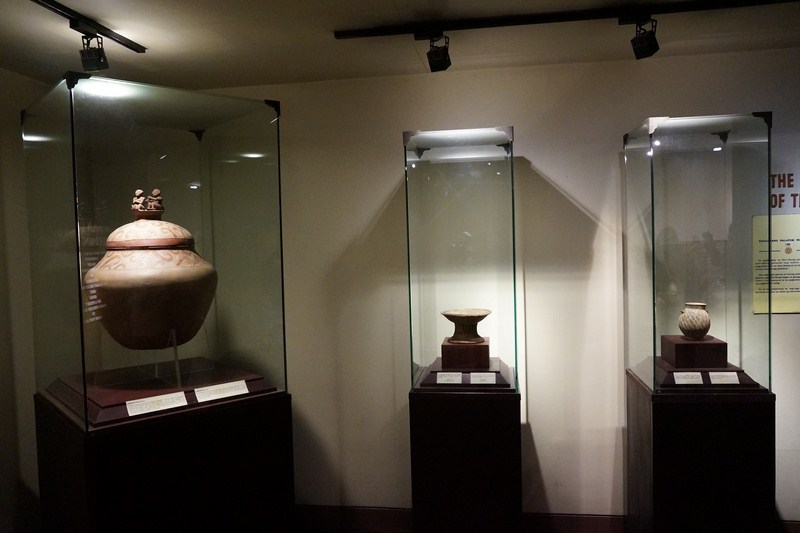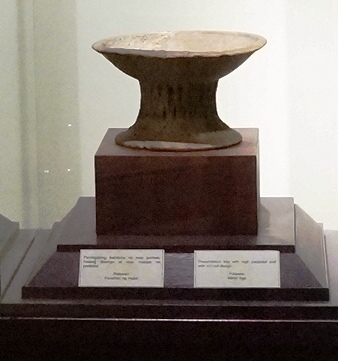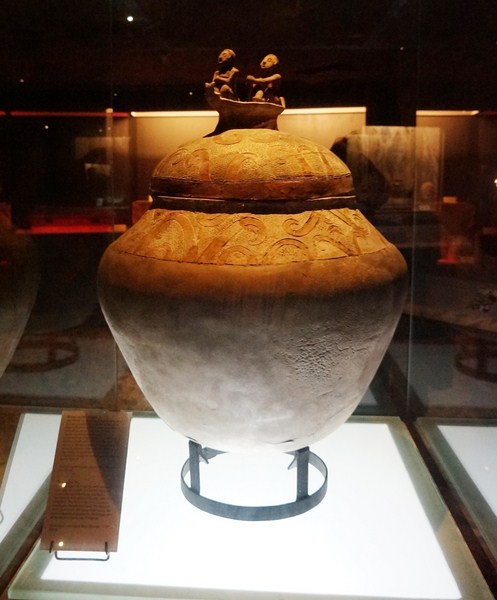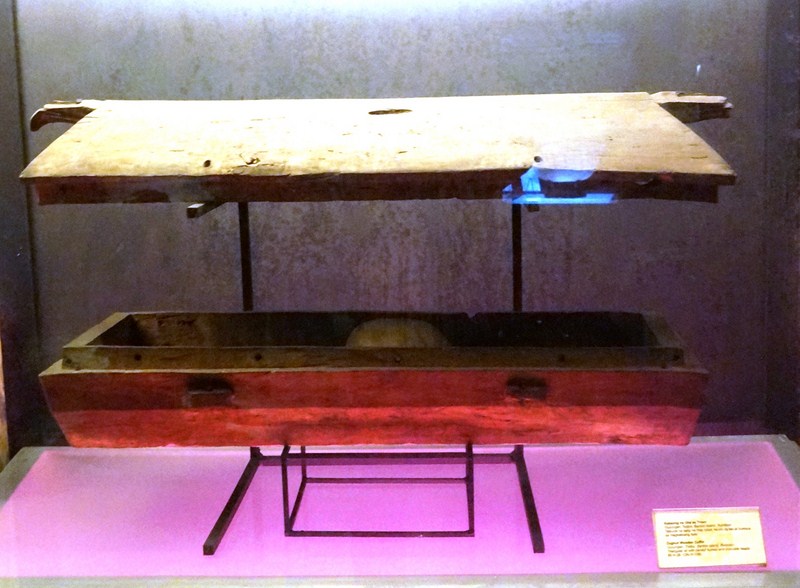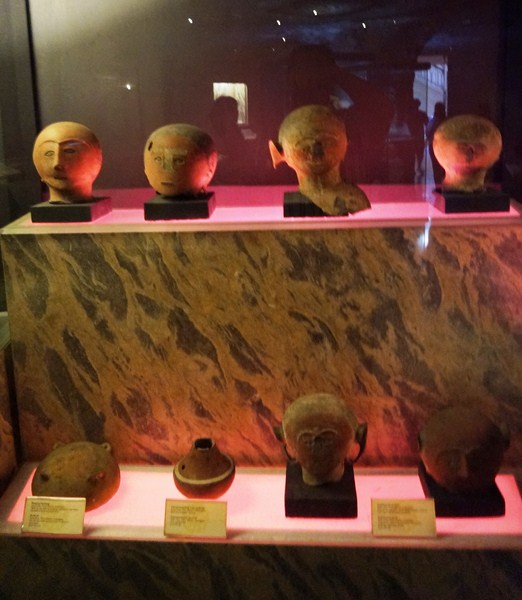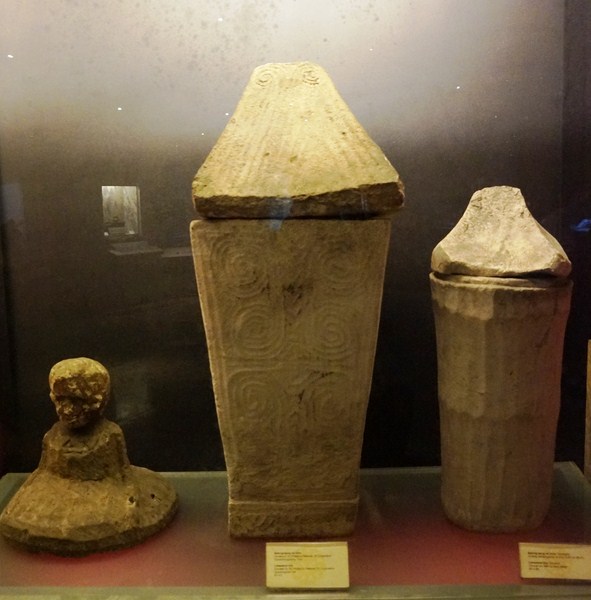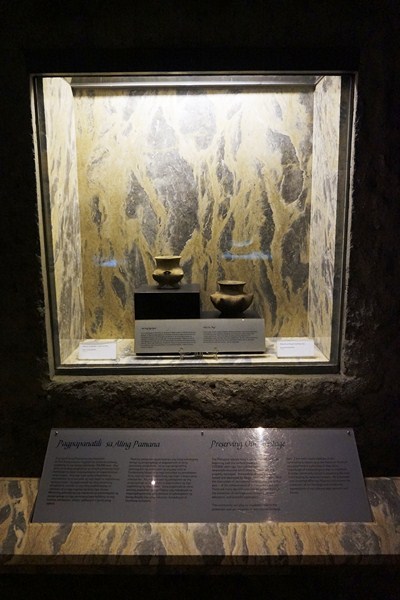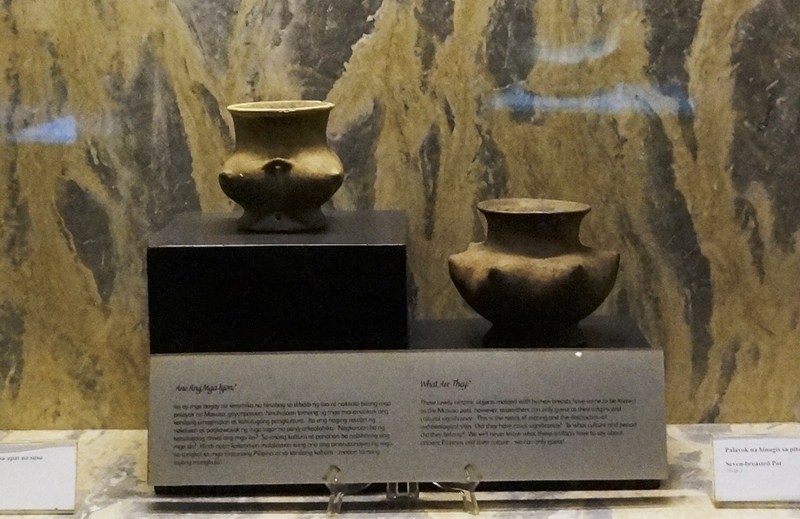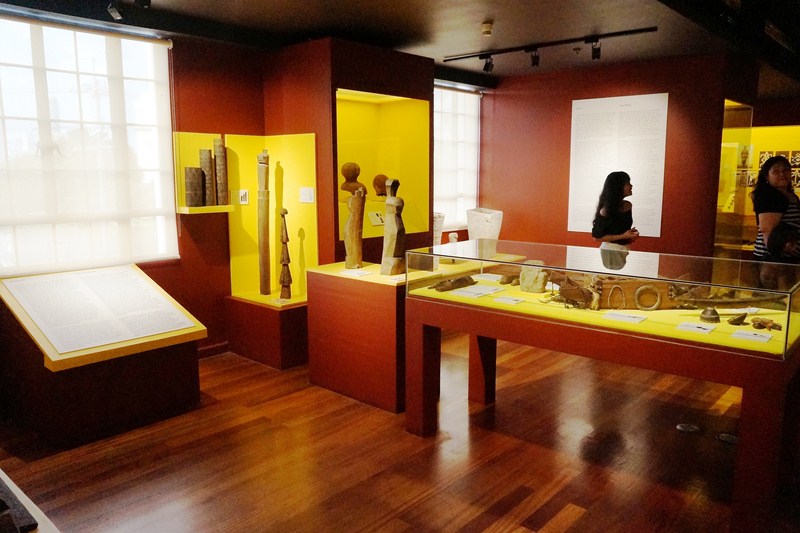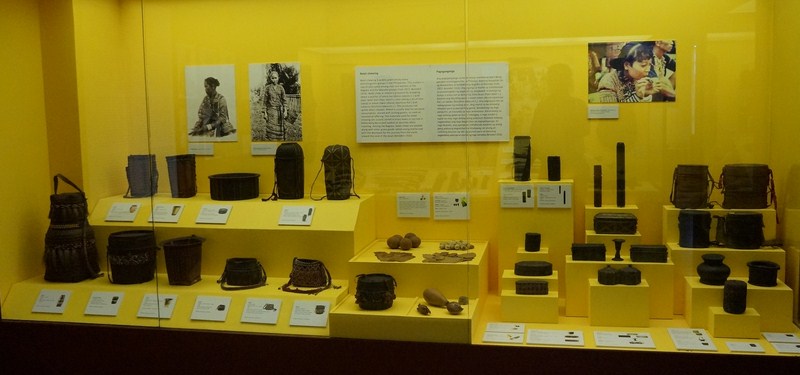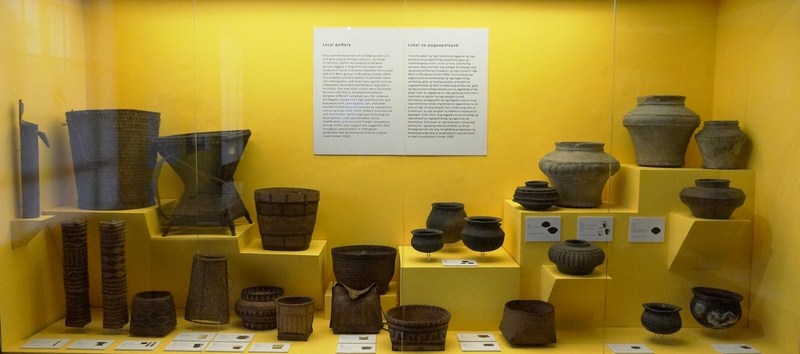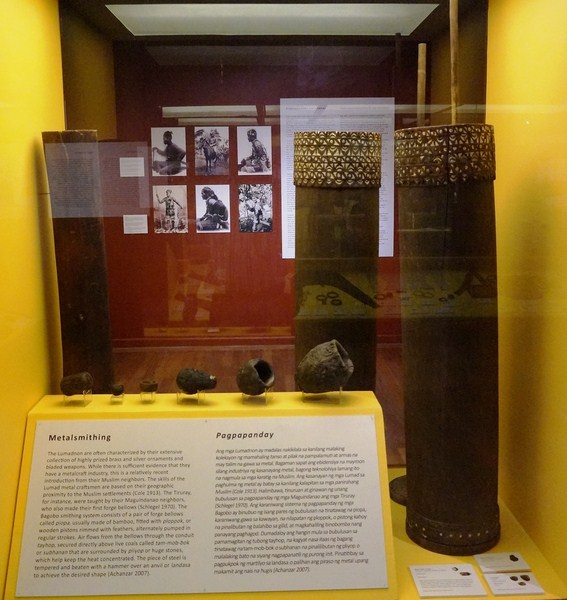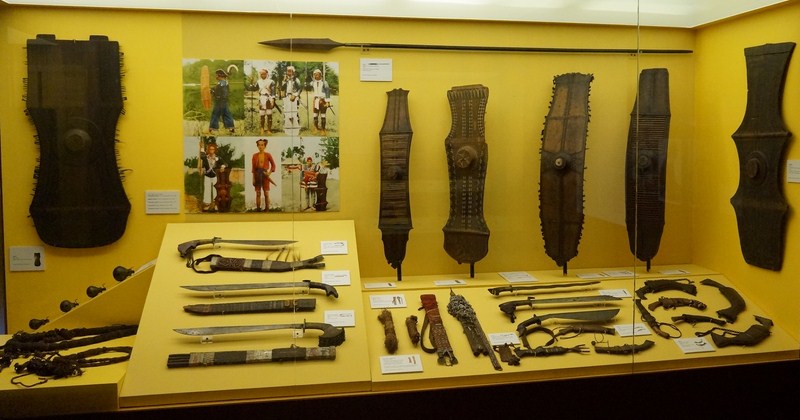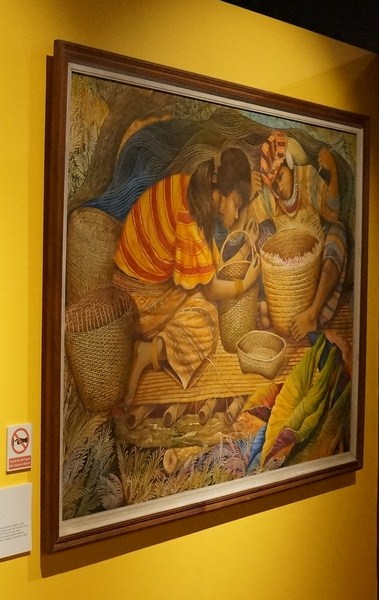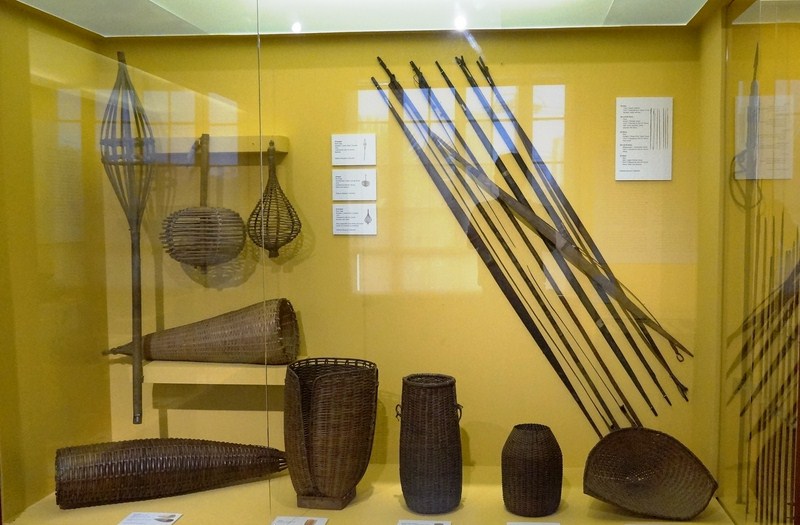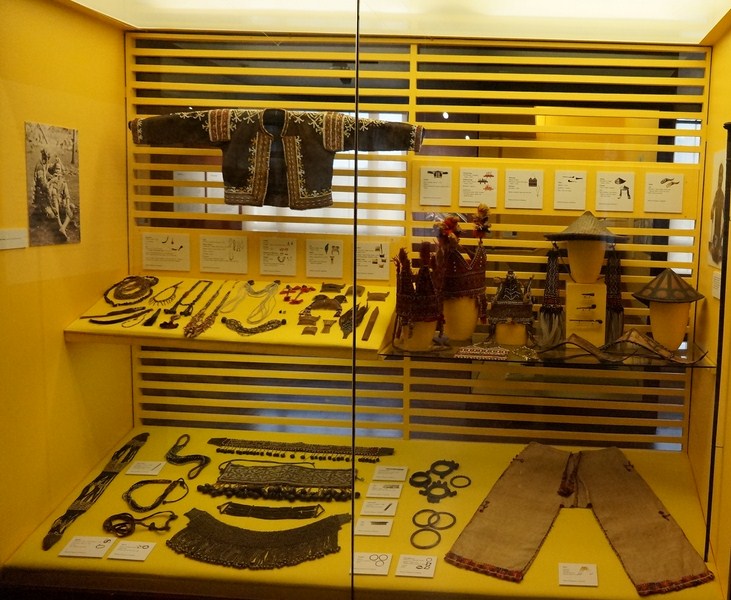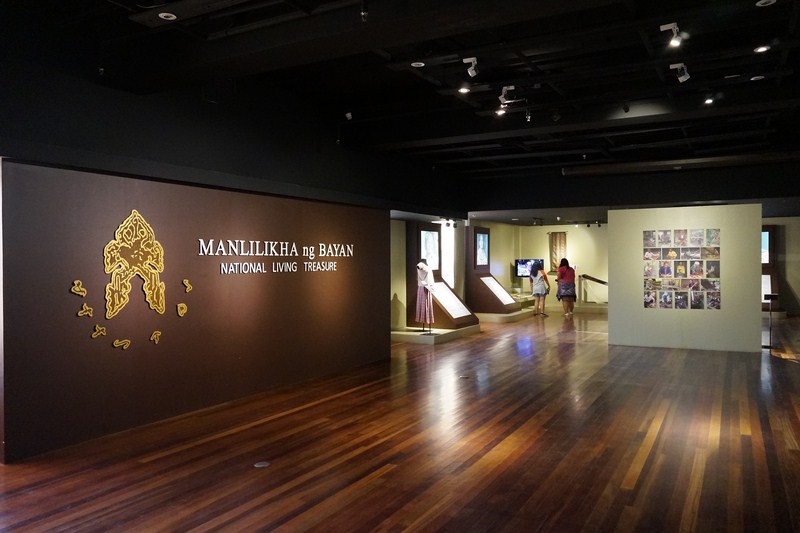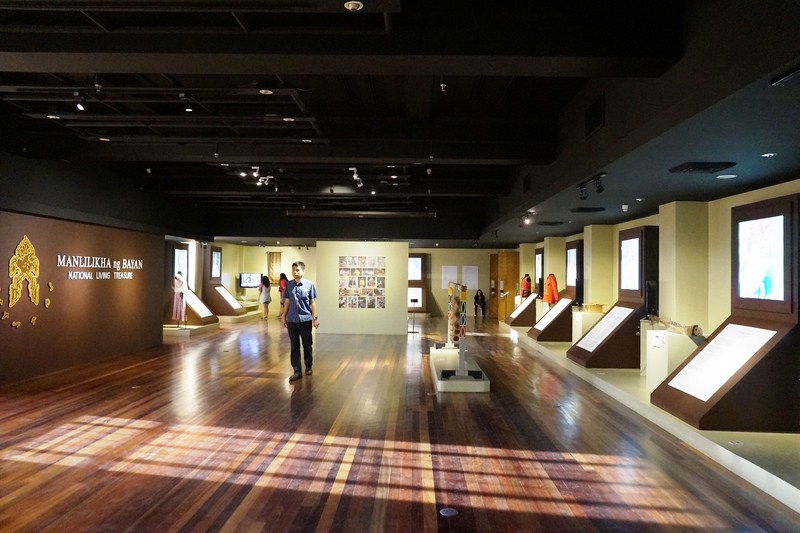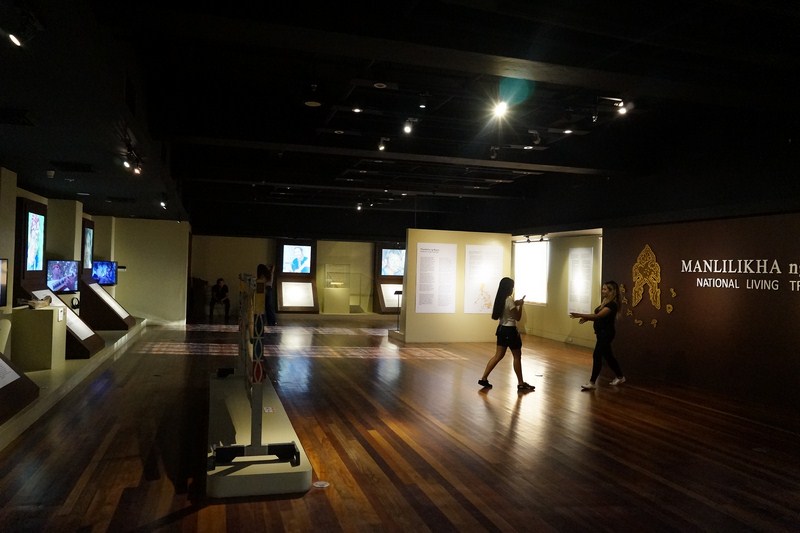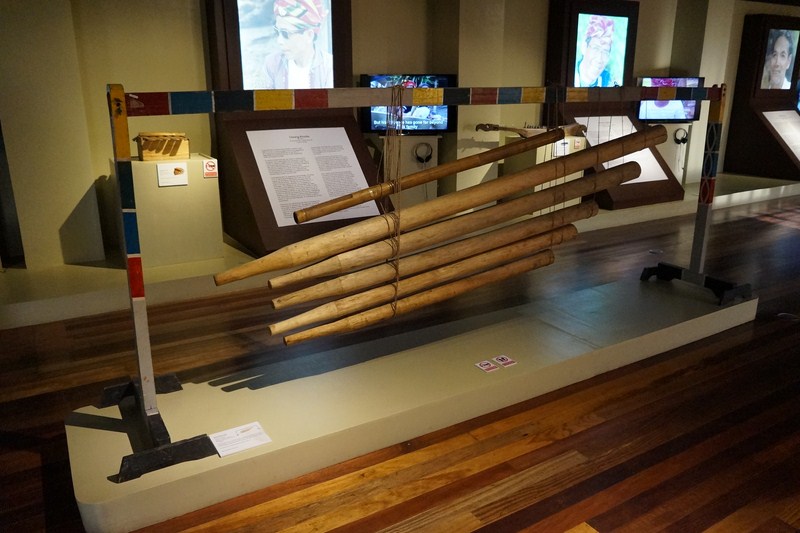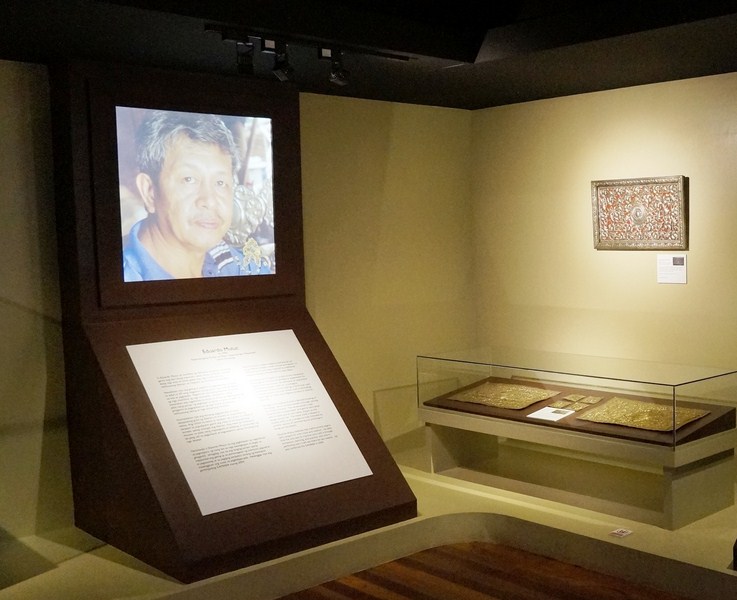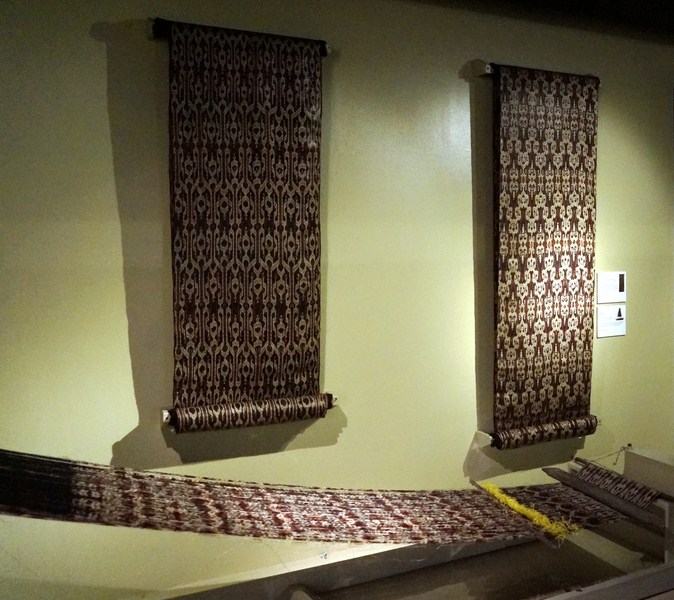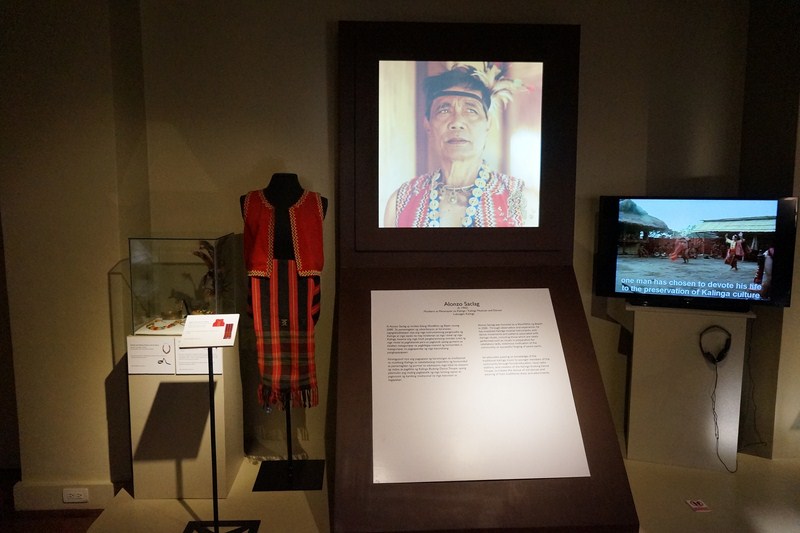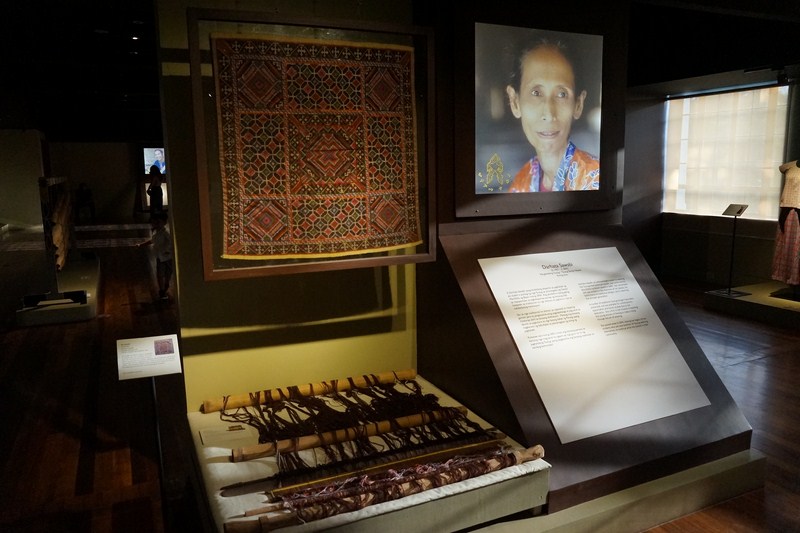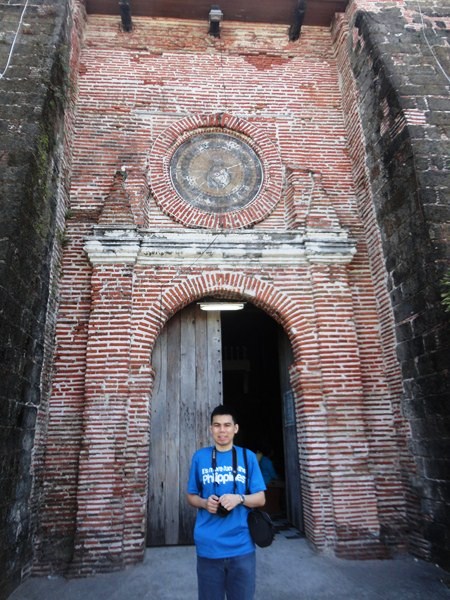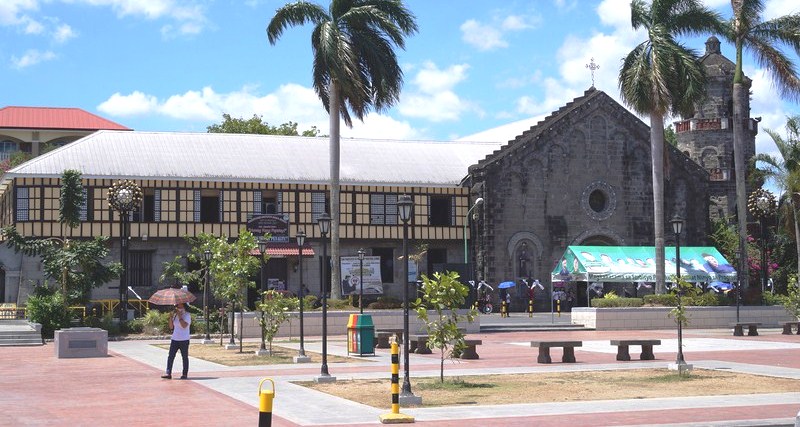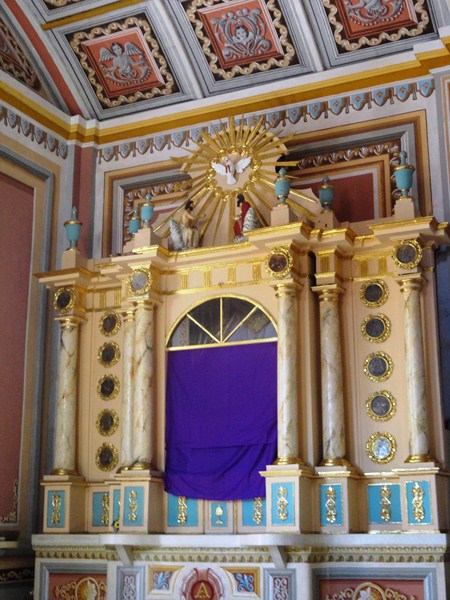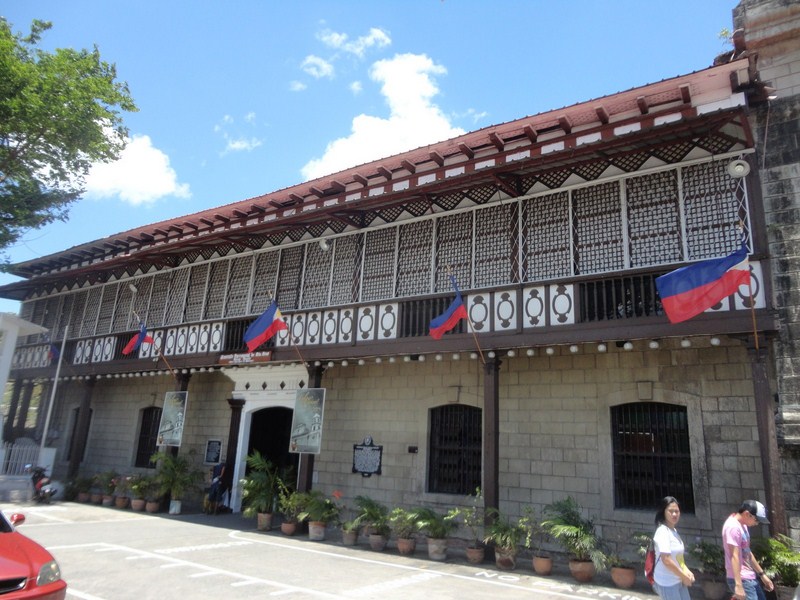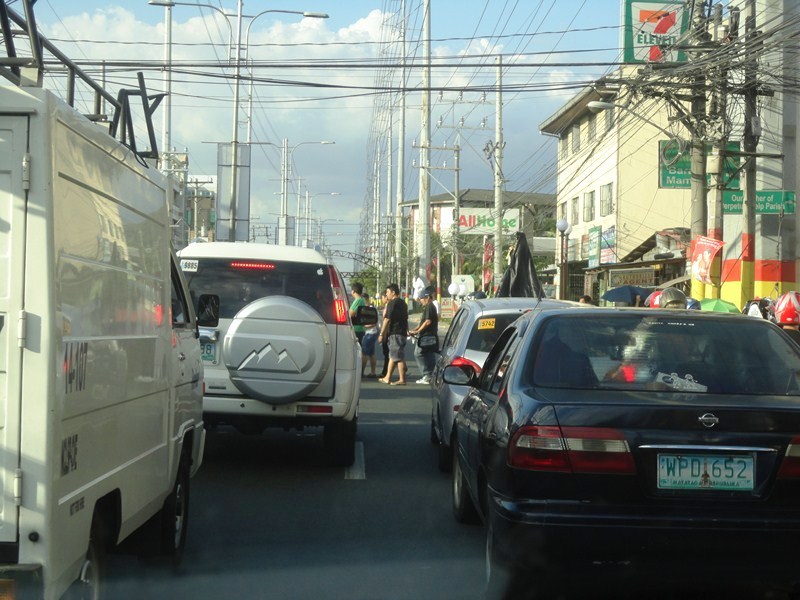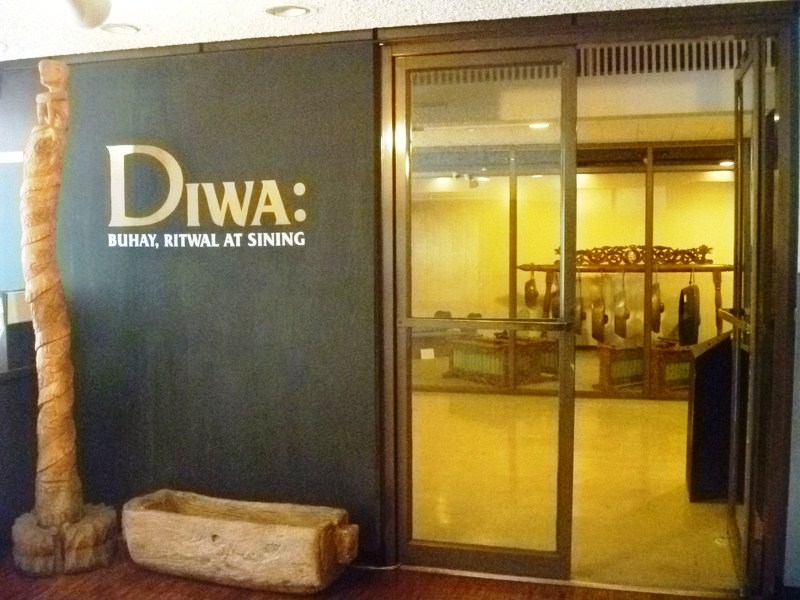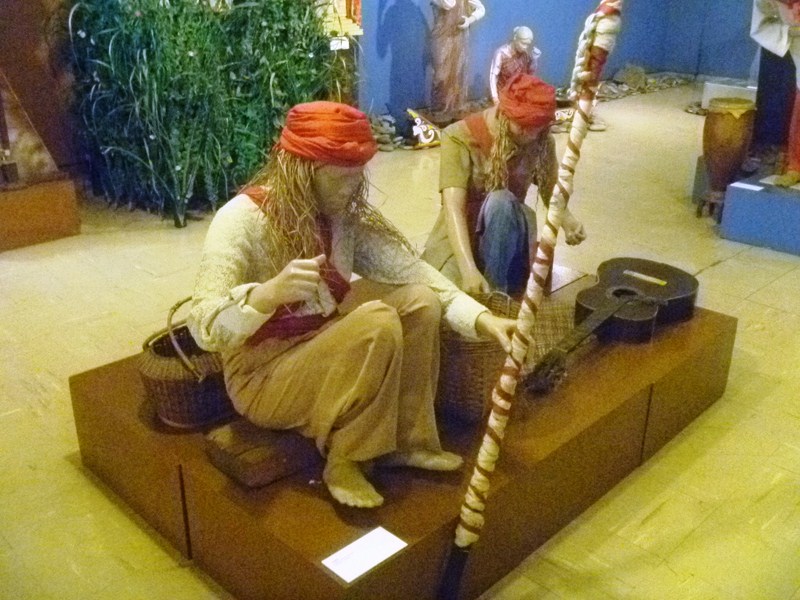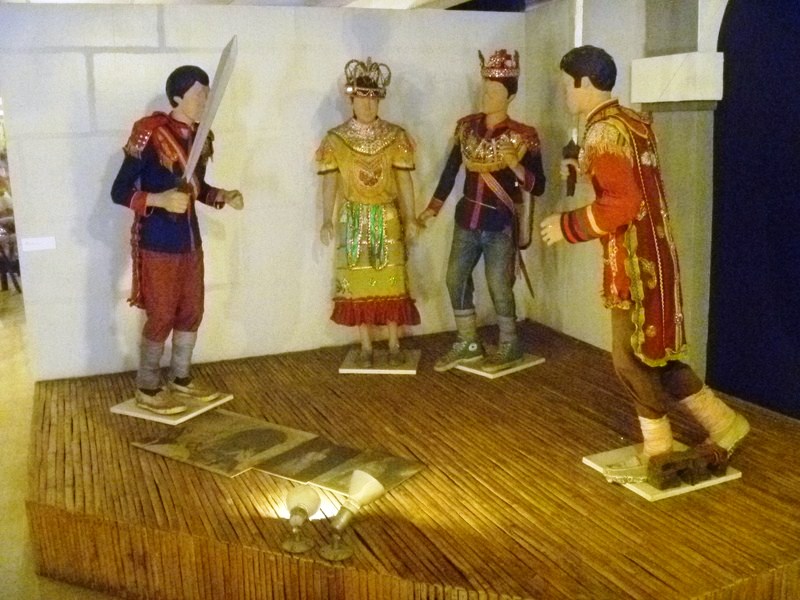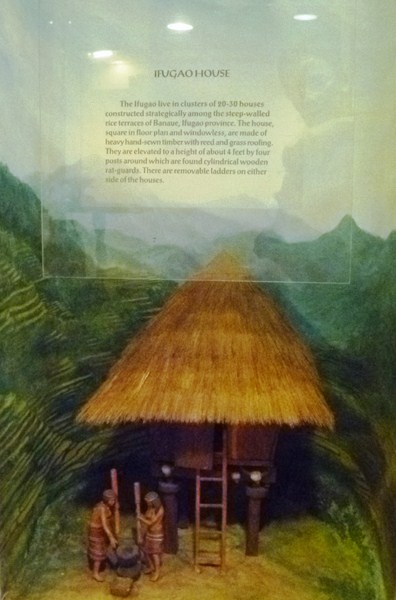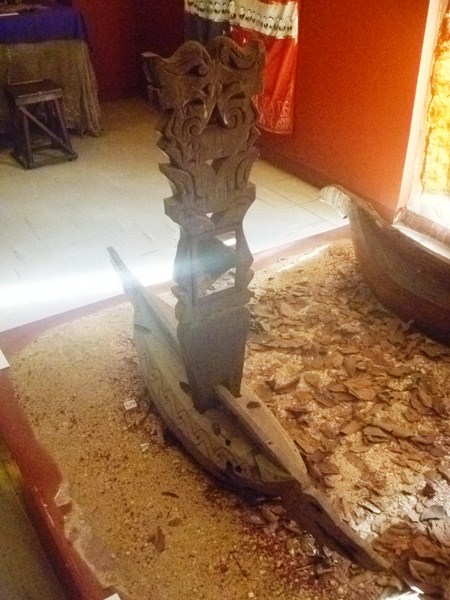The “Kaban ng Lahi: Archaeological Treasures” Gallery, one of the long running exhibitions of the National Museum of Anthropology, was installed in 1998 in the then Museum of the Filipino People in celebration of the centennial of Philippine independence.
Check out “Museum of the Filipino People”
Architecturally designed to simulate a cave setting, where most of the burial objects exhibited were discovered, the gallery portrays secondary burial jar collections as well as samples of other utilitarian vessels unearthed from different cave sites across the Philippines. It also features the importance of burial practices associated with the death of early Filipinos in the southern Philippines and other parts of the country practiced by our ancestors.
One of these practices is the secondary burial of the dead person which involves treatment and re-burial of the bones after the corpse had decomposed. The process includes cleaning, painting or treating of the bones known as bone washing. The practice of secondary burial always involved a ritual ceremony.
Highlights of this gallery are a number of objects declared as National Cultural Treasures (NCTs) by the National Museum of the Philippines and regarded for their uniqueness and outstanding historical, cultural, artistic and historical value discovered from different sites in the Philippines – the Manunggul Jar, Maitum Anthropomorphic Burial Jar 21 (depicted with male genitalia), and Likha.
Other NCTs, noted for their distinct and elaborate forms, include the 10 cm. high and 6 cm. wide Leta-Leta Stem Cup, the 8 cm. high and 3.5 cm. wide Leta-Leta Footed Jarlet and the 8 cm. high and 20 cm. wide Leta-Leta Presentation Dish (has a pedestal featuring narrow triangular patterned cutouts), artifacts excavated in 1965 by Dr. Robert B. Fox in Leta-Leta Cave. Situated in a limestone cliff on the east coast of Lagen Island in El Nido, Northern Palawan, archaeological materials recovered in this burial site include human remains, a stone adze, modified shells as grave goods as well as other intact pieces of pottery.
The 29 unique anthropomorphic burial jars made of earthenware with design and form of human figures recovered in Ayub Cave in Pinol, Maitum, Sarangani Province (formerly South Cotabato) in 1991 by the National Museum of the Philippines. It has been found to be of the Metal Age period that dates from 500 B.C. to 370 A.D. Here, the head-shaped covers are of three types consisting of plain; with perforations; and those with different facial expressions. Another secondary burial jar in this collection has a shape of a human male torso, measuring about 43.5 cm in height and 36 cm in diameter with arms extended forward. These types of burial jars are not found in other burial sites in the country nor in other Asian countries. A diorama that shows how the burial jars were found arranged inside the cave by archaeologists.
The splendid Manunggul Jar, one of the most precious jar collections, is a secondary burial vessel excavated from a late Neolithic burial site in Manunggul Cave of Lipuun, Quezon, Palawan dating from 890-710 B.C. This painted, incised jar has impressed decoration on its lid, on the top handle of which is an unusually compelling finial of 2 small but prominent round-eyed human figures representing souls paddling to the afterworld on a death boat.
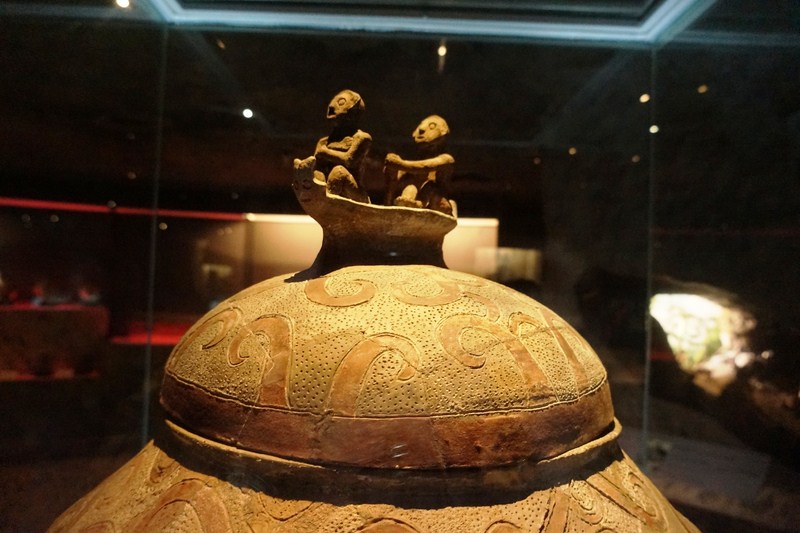
Finial of 2 small but prominent round-eyed human figures representing souls paddling to the afterworld on a death boat
The branched-curl designs at the upper portion of the jar had been dabbed with hematic. The jar was found along with other highly developed earthenware burial jars and relics including bone fossils of at least 3 other individuals, pebble flake tools from the Late Pleistocene and early post-Pleistocene Period, deer bones, Sung and Yuan Dynasty porcelain and stoneware, spoons and other utensils.
Two of 17 small hollowed hardwood (molave) log coffins (dating from the 14th-15th centuries), are also permanent display here. Generally shaped into a boat with triangular lid and usually carved with reptilian motifs of snake, lizard or crocodile, they were found at the Hanging Cemetery, a cliffside burial cave located a short distance from Banton town (Romblon). They indicate that early inhabitants practiced secondary burial. Also found were artificially-deformed skulls, two burial jars and pieces of 13th-14th century Chinese and Siamese tradeware.
The Kulaman Limestone Burial Urns, distinct because they are constituted of limestone carved into various sizes, shapes, and decorations, and used as secondary burial containers, were discovered in the Caves of Kan-fenefe and Kan-nitong in the mountain range locally known as Menteng, located in the Kulaman Plateau (known to be inhabited by the Manobo and other ethnolinguistic groups) in Kalamansig,, Sultan Kudarat, Mindanao.
The jars are either round or square, with vertical fluting or geometric patterns on the side. On average, the jars are about 60 cm. tall and 25 cm. wide and their lids vary in decoration, from simple handles to elaborate gabled (roof-like) or conical forms, occasionally stylized with anthropomorphic (human form) or zoomorphic (animal form) elements.
One of the lesser known but perhaps one of the most mysterious artifacts in the Kaban ng Lahi collection are the Masuso Pots, breast-shaped ceramic objects the origin and cultural significance of which are still unknown, the result of looting and destruction of archaeological sites. There are two variations – one with four breasts and another one with breasts facing seven directions.
Interestingly, historical evidence suggests that these artifacts are somehow related to the breast pots unearthed in Peru and in the Lausitz region of Germany as well as with variations also discovered in Romania, Ukraine, and Nigeria. All show evidence that the pots were most likely used as sacred water vessels or ritual pots, with the breast symbolizing the life-giving power of water.
“Kaban ng Lahi: Archaeological Treasures” Gallery: Northeast Wing Gallery, 3/F, National Museum of Anthropology, Agrifina Circle (or Teodoro Valencia Circle, adjacent to the National Museum of Fine Arts building),Padre Burgos Drive, Rizal Park, Ermita, Manila. Tel: (02) 8528-4912 (02) 8527-1232 (Ethnology Division) and (02) 8527-0278. E-mail: nationalmuseumph@gmail.com and nationalmuseumph.anthropology@gmail.com. Open Tuesdays to Sundays, 10 AM – 5 PM. Admission is free.

